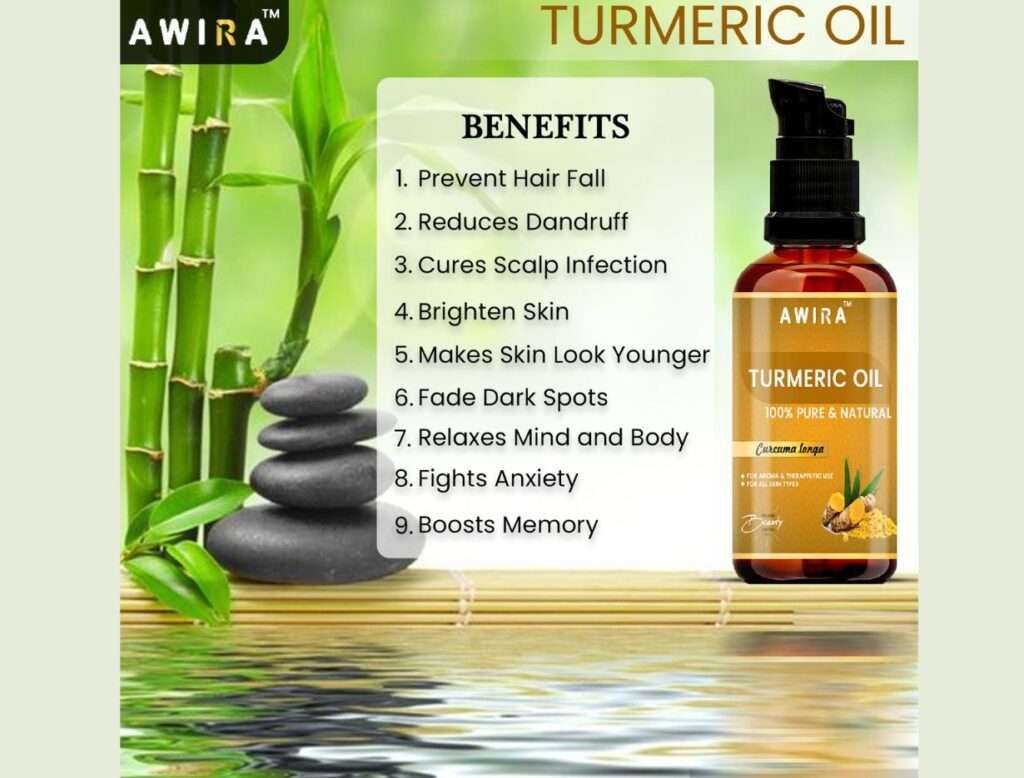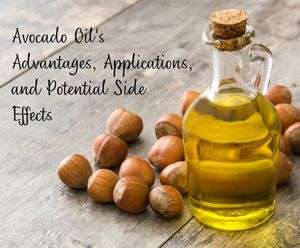The chemical components ar-Turmerone and Turmerone are found in turmeric oil. Both components have been shown to aid in the absorption of curcumin, a powerful antioxidant and the primary compound found in raw turmeric root and turmeric extract.
Turmeric (Curcuma longa) is a flowering perennial plant in the ginger family (scientifically known as the Zingiberaceae family). The plant does not grow wild, but it can reach heights of more than three feet in cultivation. Both the oil and the root have been used in Ayurvedic medicine for thousands of years in Asia.
Turmeric is grown by both men and women in different regions of Nepal and India. Similar to how Somalian women sort the resin tears for Frankincense oil, women are often assigned the chore of grading the gathered turmeric roots.
These farmers occasionally cultivate turmeric roots with other crops like corn and sugarcane as a “intercrop.” This offers the farmers a number of advantages, including the potential for increased income per unit of soil and additional protection against crop failure. Additionally, it lessens weed growth and soil runoff while maintaining soil fertility.

Benefits and Uses of Turmeric Oil
Turmeric oil may benefit both the nervous system and cellular function. When your nervous system is out of balance or needs calming, combine Turmeric oil with coconut milk and honey to make a delicious drink.
One to two drops of Turmeric oil in a Veggie Capsule can provide soothing benefits. Doing so on a regular basis provides your body with the antioxidant support it requires to protect itself from free radical damage. It may also promote healthy immune function and immune response.
It is nearly impossible to go through life without encountering some kind of difficulty, but we can gain control over our emotions. Diffuse Turmeric throughout your home to provide yourself with an emotionally uplifting environment and thus improve your mood. Turmeric can help with healthy glucose and lipid metabolism. Take one to two drops of Turmeric in at least four ounces of water to boost your metabolism.
Turmeric’s potential applications in heart disease
Turmeric may have cardioprotective (heart-protective) properties due to its antioxidant, anti-diabetic, antiplatelet, and cholesterol-lowering properties. Turmeric’s cholesterol-lowering effect could be attributed to lower intestine cholesterol intake and increased liver cholesterol conversion to bile acids. 1 Heart diseases, on the other hand, must be treated by a specialist. If you have heart problems, please see a doctor.
The digestive tract may benefit from the usage of turmeric
Turmeric constituents may have beneficial effects on the gastrointestinal system. According to one study, sodium curcuminate, a component of turmeric, may inhibit intestinal spasms. Another turmeric component known as p-tolymethylcarbinol may improve secretin, bicarbonate, gastrin, and pancreatic enzyme secretion. According to one animal study, turmeric may help prevent the formation of ulcers caused by stress, alcohol, indomethacin (nonsteroidal anti-inflammatory drug), reserpine, and pyloric ligation (a condition that causes gastric acid accumulation in the stomach) by increasing gastric wall mucous in animals exposed to these gastrointestinal insults.
Turmeric may be used in the mouth in the following ways
Due to its possible antibacterial, astringent (inducing the contraction of cells to limit bleeding from minor abrasions), and anti-inflammatory properties, turmeric may be useful in the fight against tooth decay and is included in the formulation of toothpaste. It could help fight the bacteria that cause cavities and could also possibly tone the gums. However, more study is necessary. As a result, please seek medical advice rather than self-medicate.
Turmeric may be used to treat infections in the following ways
Turmeric extract and Curcuma longa essential oil may prevent a wide range of bacteria, fungi that cause disease, and parasites. Turmeric’s aqueous extract may have antimicrobial properties. Curcumin may inhibit the growth of a number of bacteria, including streptococcus, lactobacillus, and staphylococcus. Turmeric extracts in ether and chloroform have antifungal properties. It’s possible that turmeric has antiviral effects as well. All of these turmeric characteristics may aid in the battle against microorganisms that cause infections.
Potential detoxifying use for turmeric
The process of detoxification involves removing hazardous compounds from the body. Curcumin, the active component of turmeric, may bind with poisonous heavy metals like lead and cadmium and lessen their toxicity. Additionally useful for blood purification and poisoning treatment, turmeric. 5 Further study on these consequences is necessary, though. Do not self-medicate, please. Consult a physician.
Summary
Most people consider pure turmeric to be harmless. However, it is possible for turmeric powders to occasionally be contaminated with inexpensive fillers like wheat starch and dubious food dyes. Even lead may be present in them.
Although curcumin is generally regarded as safe, high doses may cause moderate negative effects in some individuals. It is unknown what curcumin use in people will do long-term.
Supplements containing curcumin can interact with other medications you’re taking. Before using curcumin supplements, talk to your doctor if you are currently on any other medications.



